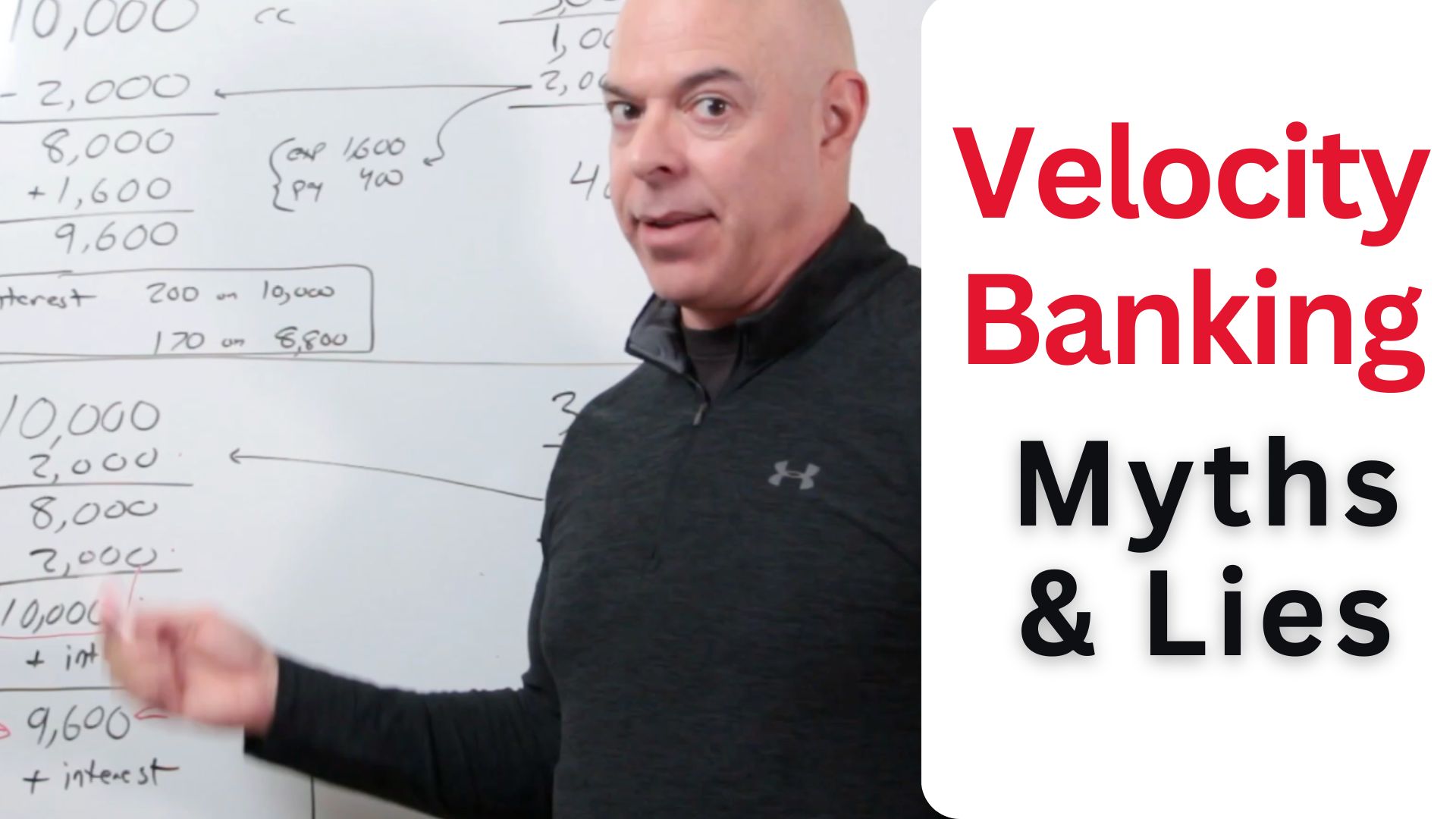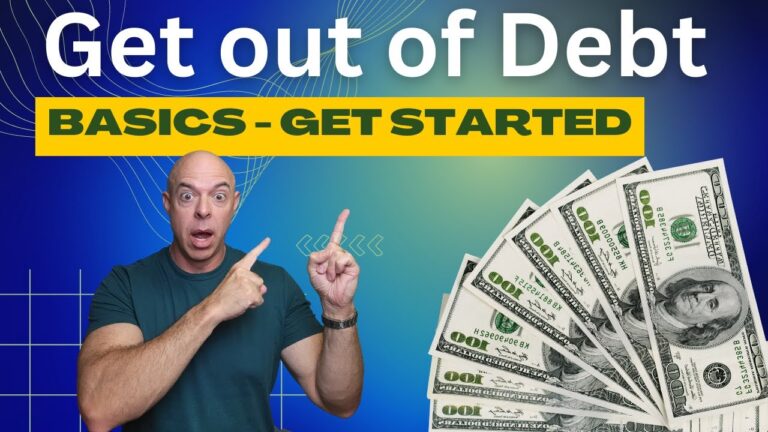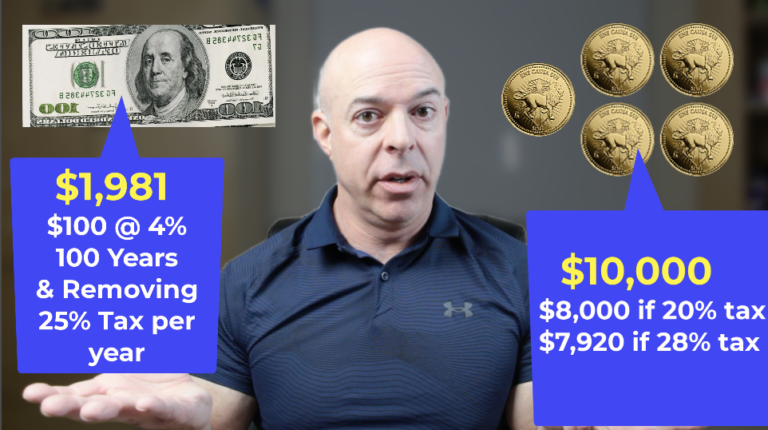Velocity Banking Explanations, Lies and Mistruths
I’ve been watching various velocity banking videos and have created some myself to demonstrate how it works. So, does it work? Yes, it does. Is it as powerful as some claim? No, it’s not. There are a lot of numbers thrown around, which can be very confusing. I have videos showing velocity banking for mortgages and credit cards, explaining both how it works and how it doesn’t. However, there are a couple of things in these videos that drive me crazy because they are simply wrong, and I need to point them out.
First, let’s discuss a common example: you have a $10,000 credit card debt and want to eliminate it. Let’s say you have a monthly income of $3,000 from your job. Of that, $1,000 goes to pay your rent, and $2,000 goes on other expenses like food and groceries. Often, it’s stated that you have zero cash flow, which I interpret to mean that you spend all your money with nothing left over. Then there’s a $400 credit card payment. Here’s how it supposedly works: you use your credit card for as many expenses as possible to keep cash in the bank. For instance, the $2,000 is used to make a payment on your credit card.
You might think this doesn’t make sense because you need to pay your expenses. However, you just use your credit card for that. So, you move $2,000 to your credit card payment, which lowers your balance from $10,000 to $8,000. Throughout the month, you use the credit card to pay for your expenses, so the balance creeps back up. Let’s say $1,600 goes on groceries and gas, adding back to the card, and you end up with a balance of around $9,600.
Essentially, you started with $10,000, made a significant payment, but after buying stuff, you ended up at $9,600. That’s a net difference of $400, which matches the payment. The purpose of this movement is to lower your average monthly balance, which reduces the interest you pay. For example, instead of interest on $10,000, you might pay interest on an average balance of $8,800.
However, what drove me nuts was someone claiming that you should ignore the interest in the calculations. They suggest simply getting another job, like driving for Uber, and not worrying about the interest. This is misleading because the calculation should include all costs to accurately reflect how the method works.
Another example showed a complete misunderstanding of basic math. It involved the same figures but concluded incorrectly due to a calculation error. The rationale provided by some is misleading because it makes the method seem more effective than it actually is.
In reality, if you make a payment and then immediately incur more charges, your balance will reflect these actions. For instance, if you make a $2,000 payment but then spend another $2,000, your balance remains the same. Some explanations misleadingly suggest that your debt decreases faster than it actually does.
In summary, be wary of oversimplified explanations that promise quick debt reduction without considering all financial factors, including interest. It’s crucial to understand the full implications of any financial strategy you consider.







